Southeast Asia is one of the most beautiful parts of the world. It includes Thailand, Vietnam, Cambodia, Laos, Burma, Malaysia, Singapore, Indonesia, and the Philippines. These countries are very popular traveler destinations due to their affordable prices, friendly and safe atmosphere, and easy accessibility with many connecting international flights.
The region has so much to offer, from beautiful pristine beaches, fascinating culture, diverse ethnic groups to amazing cuisine and jaw-dropping archeological sites. Despite the fact that Southeast Asia is tested and tried tourist destination, it never fails to invite you into an adventure. Visiting any of these places will make you feel like a real explorer – a bit like Indiana Jones.
So put your hat on; it is time to discover hidden, ancient temples reclaimed by the jungle. Wander through history and let your imagination fly, and see how these wealthy and powerful kingdoms look like thousands of years ago.
Here are some of the most spectacular ancient ruins of Southeast Asia.
1. Angkor Wat, Cambodia
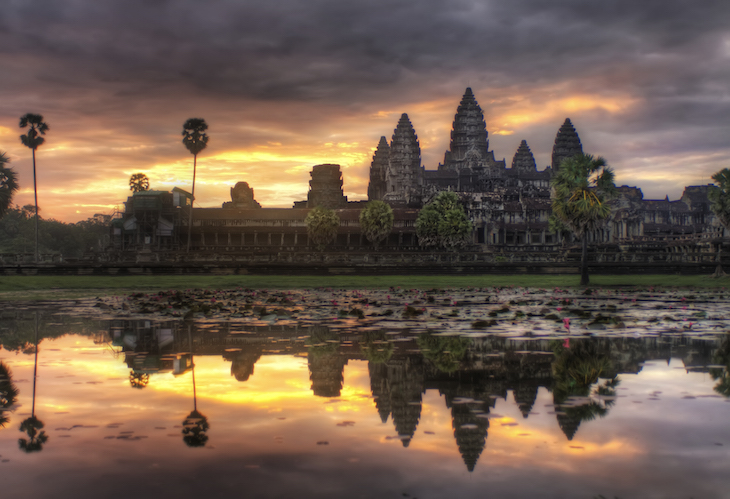
The amazing temple complex, Angkor Wat, is the highlight for any traveler of their trip to Southeast Asia and the main reason for visiting Cambodia. The temples are remains of the Khmer Empire’s capital, built between the 9th and the 15th century located near Siem Reap, in the jungle. It is one of the most magnificent and mystical places in the world. It can be very crowded in the peak season, so it requires some logistics, which temple to start with. The sunset watching spot is always overcrowded, and the sunrise at the main temple, Angkor Wat. Probably the best idea is to buy the 3-day pass, which gives you enough time to explore and spend some more time at your favorite spots. It is possible to explore the ancient city by bicycle (but you have to deal with the heat and the distances are big) or by tuk-tuk that will take you from temple to temple.
2. Bagan, Myanmar
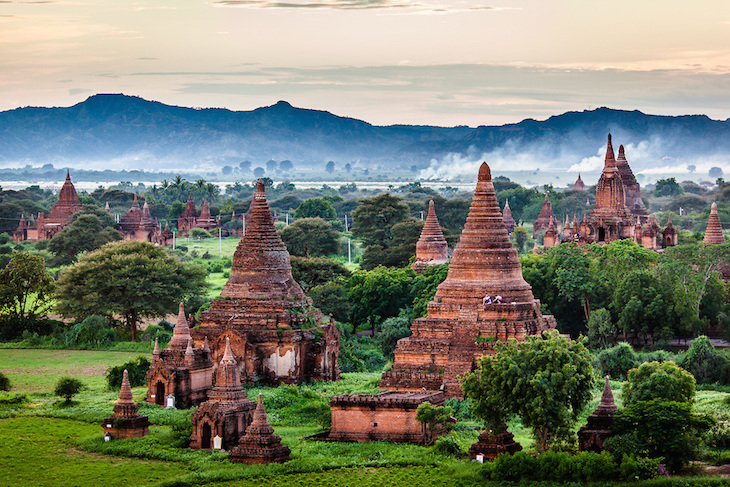
via quinnmattingly.photoshelter.com
The ancient city of Bagan was the capital of the Kingdom of Pagan between the 9th and the 13th century. Originally, over 10.000 Buddhist temples, pagodas, and monasteries, from which 2200 temples and pagodas were still standing today. It was a center for religious and secular studies attracting monks and students from Ceylon (Sri Lanka), India, and the Khmer Empire (Cambodia). After several Mongol invasions, the city lost its power and ceased to be Burma’s capital in 1297, and became a pilgrimage destination. It is a truly amazing place spread out on a large area of 104 square kilometers. To really comprehend its size, there is a unique way to explore it by hot air balloon.
3. Borobudur, Indonesia
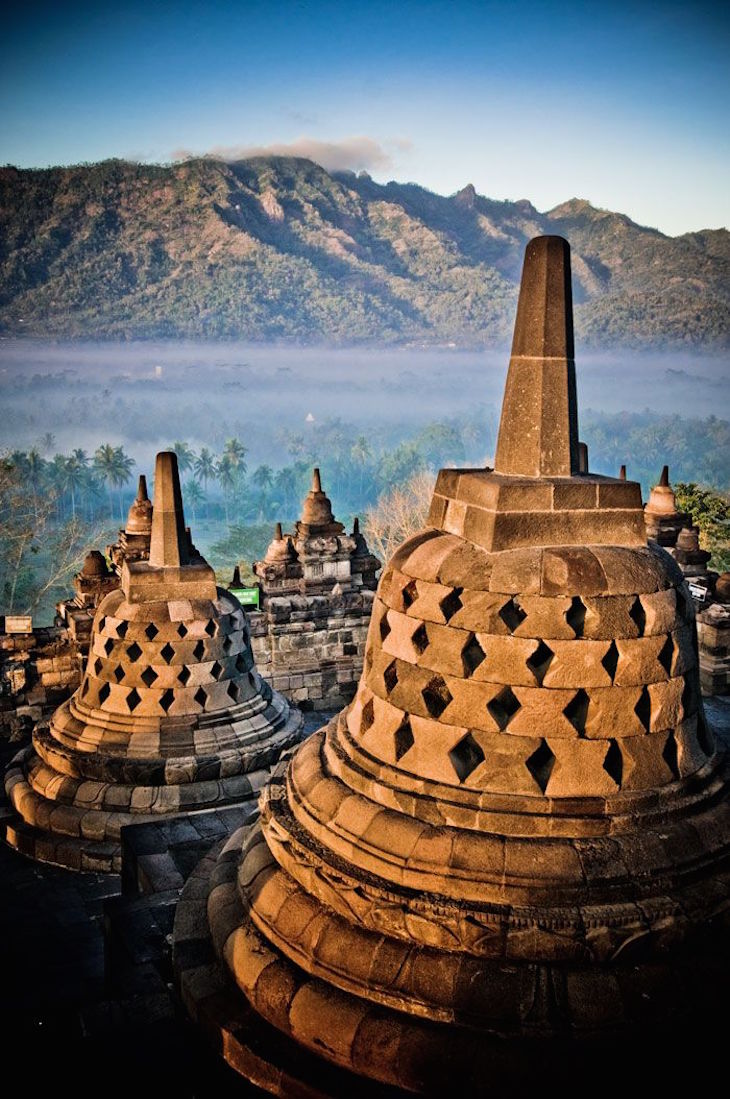
via www.reed.edu
Borobudur, the greatest Buddhist temple, is located on the beautiful Indonesian island Java. It was built in the 9th century, lost to the jungle for more than 700 years than Thomas Stamford Raffles, the later governor of Java, discovered it in 1814. The massive pyramid shape involves four circular terraces on top of six square ones. Borobudur is a shrine to the Lord Buddha as well as a place for Buddhist pilgrimage. The journey for pilgrims began at the base of the monument and followed a path around the monument, and ascended to the top through three levels. The walk was a meditation also. Today it is still used for pilgrimage once a year by Buddhists in Indonesia.
4. My Son, Vietnam
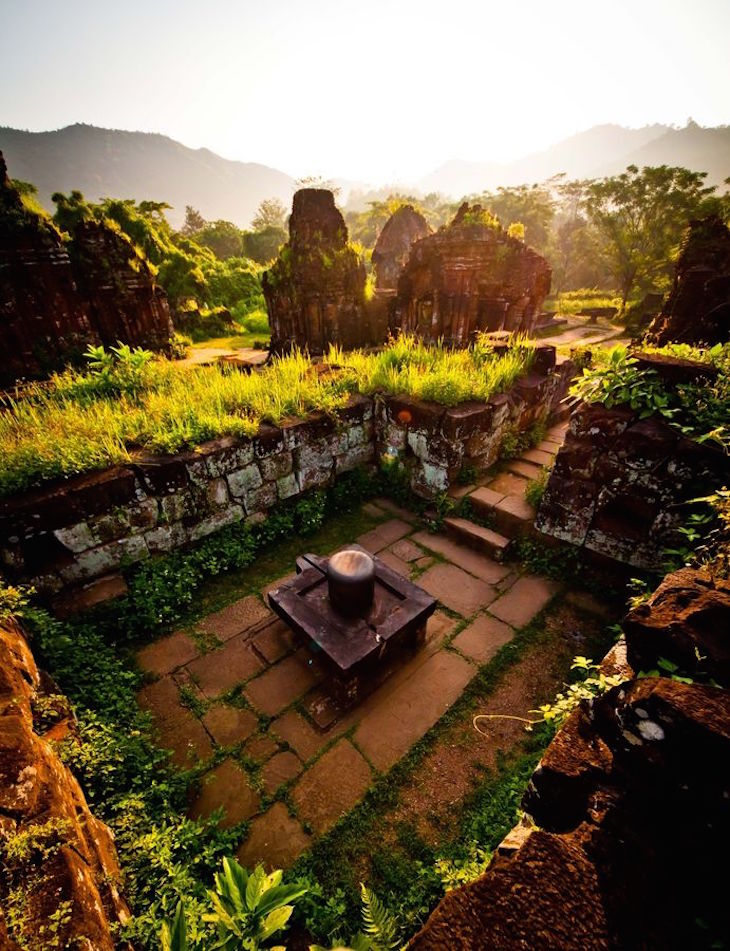
Photograph by Molechi
My Son Sanctuary was the religious and political capital of the Champa Kingdom in the 4th century. It was one of the earliest communities in Southeast Asia and an important port in the South Sea, lying along the trade route between China and India. My Son complex was originally made up of 70 towers, representing the finest architecture, influenced by India due to the traders’ cultural exchanges. The temples were built to the Hindu divinities such as Krishna, Vishnu, and Shiva. The monuments are unique and without equal in Southeast Asia. Today there are only 25 towers remain as many of them were destroyed in the Vietnam War.
5. Wat Phou, Laos
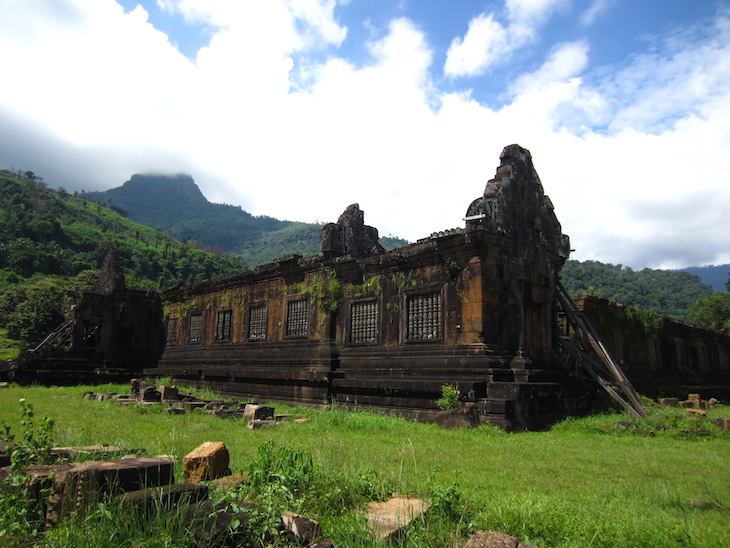
via beyondbarcelona.files.wordpress.com
Wat Phou is a ruined Khmer Hindu temple complex in southern Laos. The original temple on the site dates back to the 5th century, but the surviving structures date from the 11th to 13th centuries. It was dedicated to Lord Shiva and later became the center of Theravada Buddhism. Wat Phou was a part of the Khmer empire, with Angkor being the center. There is a stone within the complex with carvings of a crocodile, possibly the site of an annual human sacrifice in pre-Angkorian times.
6. Mrauk U, Myanmar
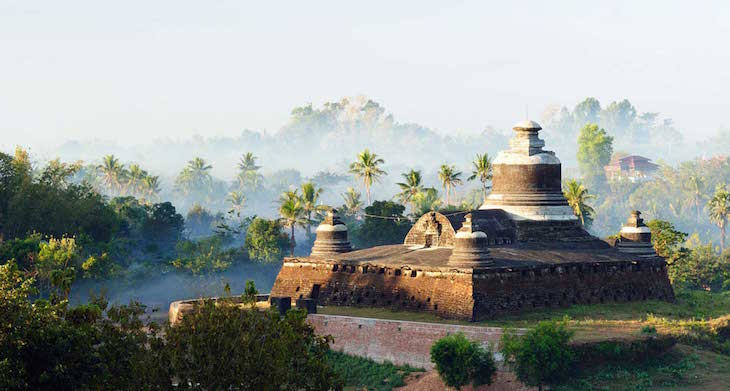
Mrauk U (meaning Monkey’s Egg) is Myanmar’s other famous archaeological site. It doesn’t have not even near as many visitors as Bagan, so the chances are good that visitors can have the site for themselves. Between the 15th and the 18th century, Mrauk U was the Arakan kingdom’s capital, frequently visited by foreign traders, which is represented in its architecture. After the First Anglo-Burmese War, the city went into decline. According to the Burmese myth in the region where the city was constructed, lived a lonely female monkey. She met a peacock and the female monkey conceived with the peacock and laid an egg. A human son was born from the egg, and when he grew, he became a mighty prince. He later built a city near the jungle, and in respect of his birth story, the city was called Mrauk-U, meaning ‘Monkey’s Egg.’
7. Sukhothai, Thailand
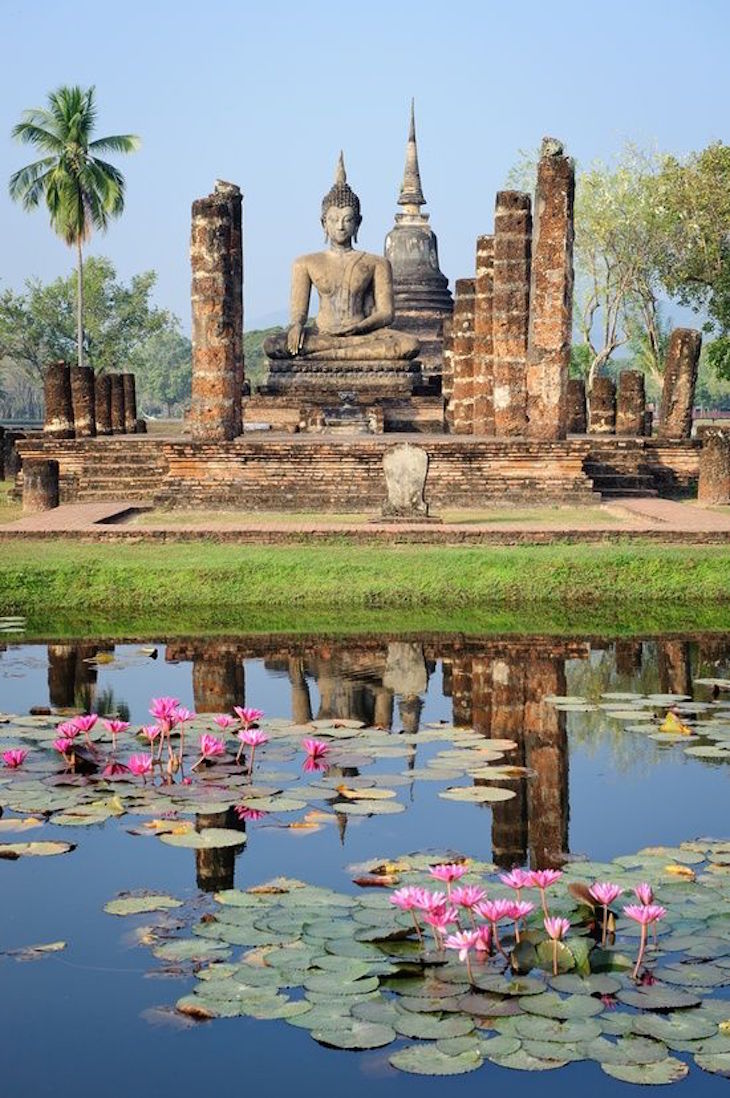
Sukhothai was the capital of the first Kingdom of Siam in the 13th and 14th centuries. It is located in northern Thailand in beautiful surroundings of lawns, trees, and lakes. The central area alone consists of 21 temples; the greatest one has 200 pagodas. During its flourishing years, Sukhothai was a highly influential political and religious center. Theravada Buddhism was established as the national religion (replacing Khmer Hinduism), and an early form of the Thai alphabet was introduced.
8. Niah Caves, Malaysia
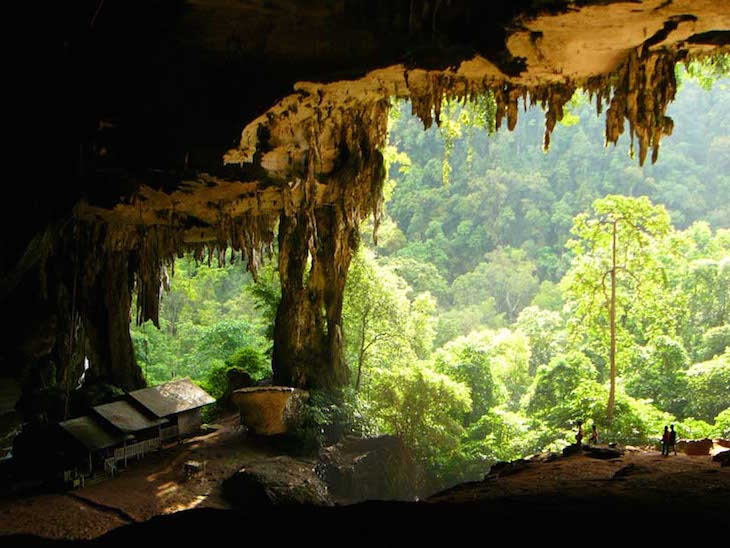
Niah Cave is located within the Niah National Park in Sarawak, in Borneo. Archeological evidence has shown that the cave was populated by prehistoric men 40.000 years ago, which is the earliest example of modern humans in Southeast Asia. An archaeological team in the 1950s discovered one of the largest stratified cave sequences in Southeast Asia, exciting the world as layer after layer of deep prehistory was unveiled at Niah. The walk to the cave takes visitors through beautiful tropical forests and wildlife such as lizards, butterflies, and various kinds of birds. This enormous cave has 10 hectares of floor area. In some places, the cave roof rises a majestic 75 metres above the floor.
9. Preah Vihear Temple, Cambodia
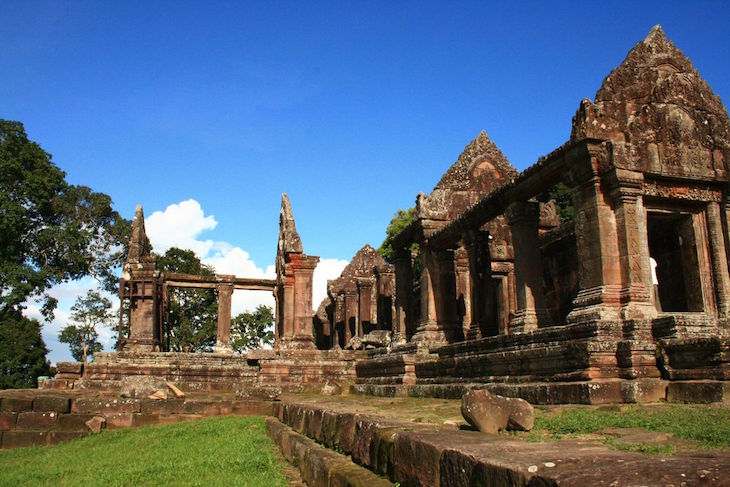
via www.ibeautifulplaceonline.com
The Preah Vihear Temple was built 100 years before Angkor Wat between the 11th and 12th centuries. The temple’s history is not entirely clear, but it is known to be dedicated to the god Shiva. The site is an outstanding masterpiece of Khmer architecture with exceptional quality of its carved stone ornamentation. For some years, the area on which the temple lays was occupied by Thailand. The International Court of Justice decided for Cambodia’s sovereignty in 1962. However, Thai and Cambodian troops exchanged heavy gunfire around the temple in 2008 and 2011, connected with a dispute about ownership of the land. The site has been peaceful ever since, but both sides continue to maintain heavily armed police facing each other.
10. Prambanan, Indonesia
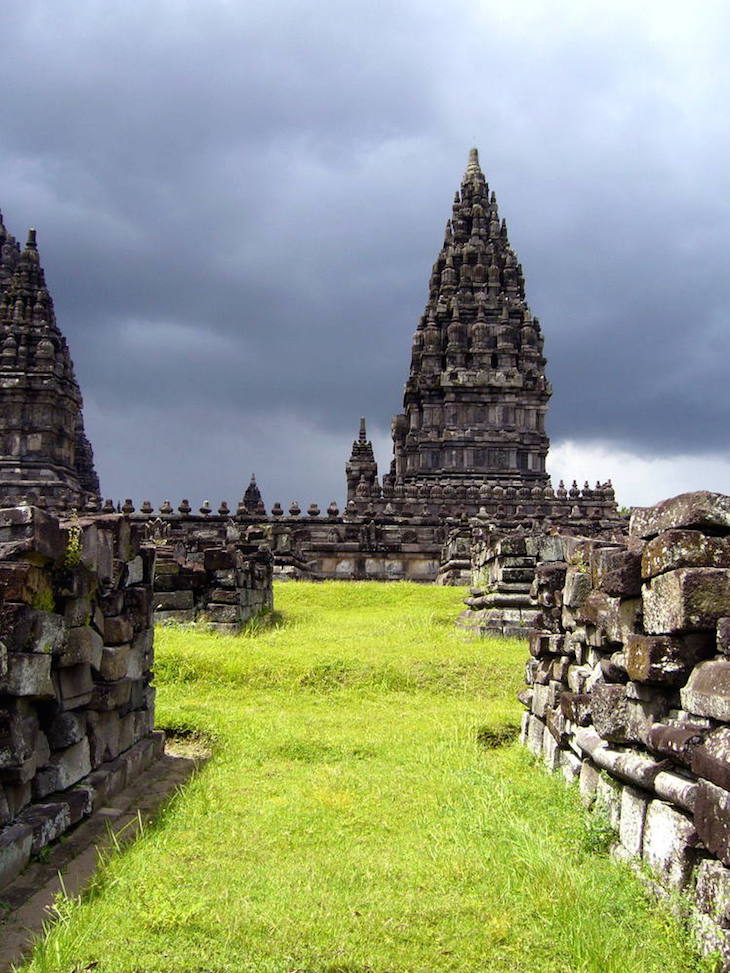
via whc.unesco.org
Prambanan temple complex was built in honor of the Hindu gods Brahma, Shiva, and Vishnu. It is the largest Hindu temple in Southeast Asia and an icon of Indonesia’s cultural heritage. The beautiful and graceful temple of Prambanan consisted of 240 temples and was built in the 10th century. It is located on Java Island, not far from the other famous archeological site Borobudur.

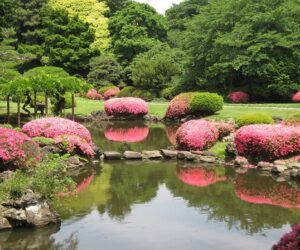
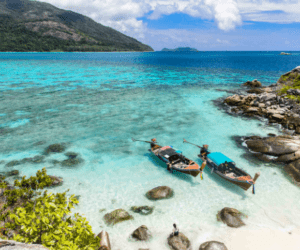

It’s sunrise at Angkor Wat – not sunset